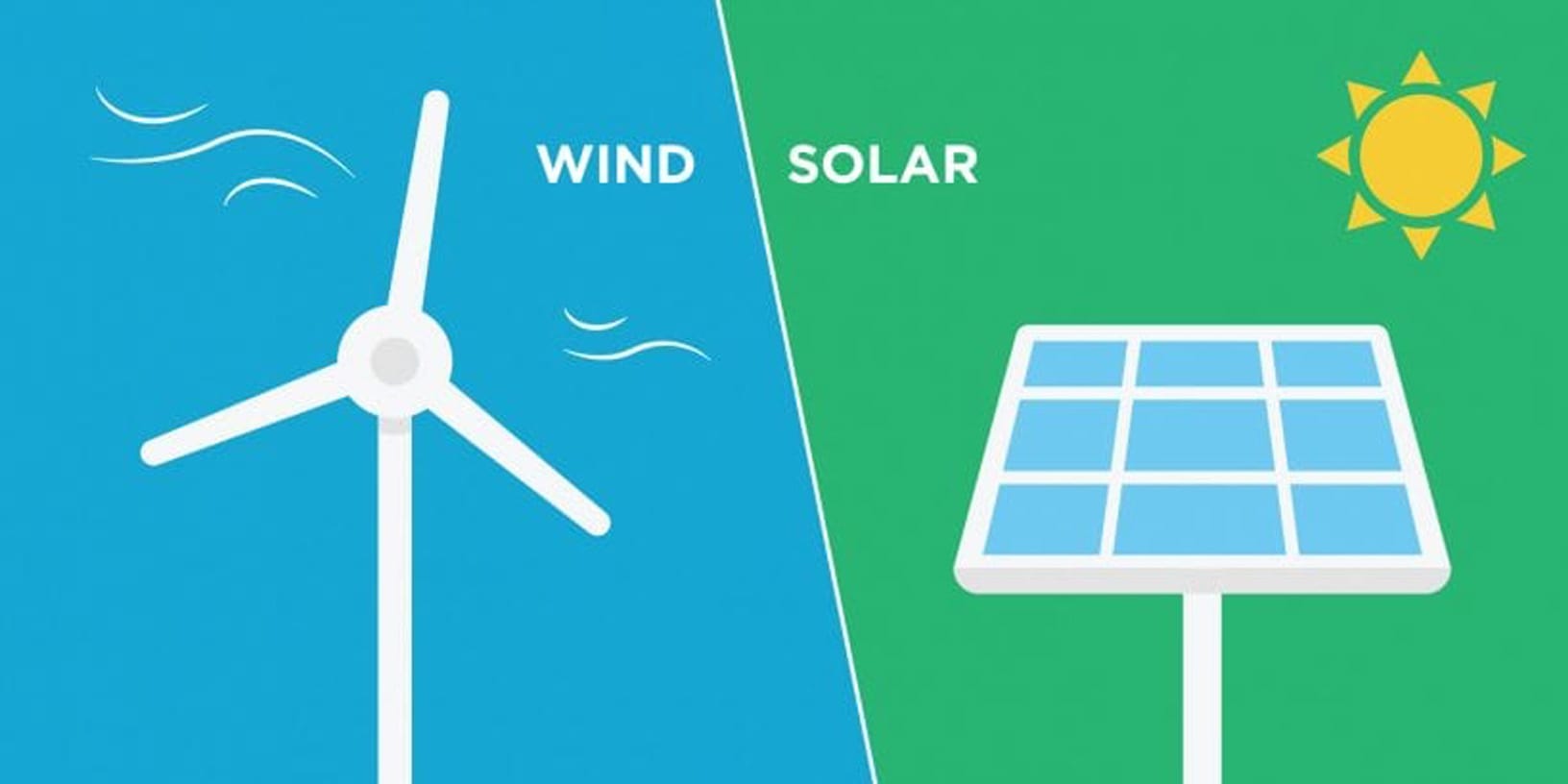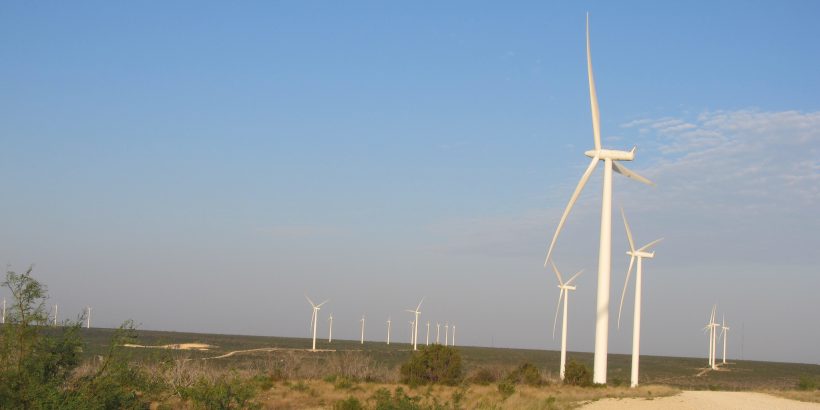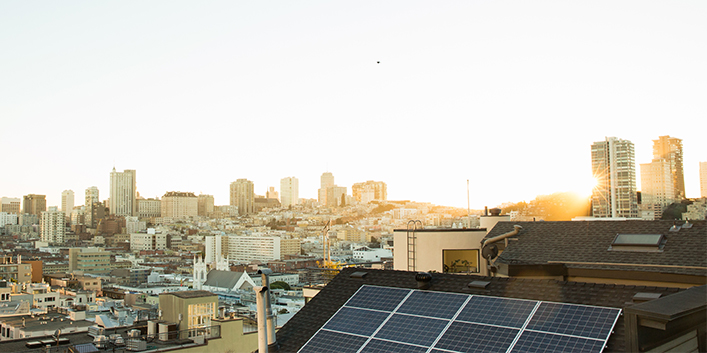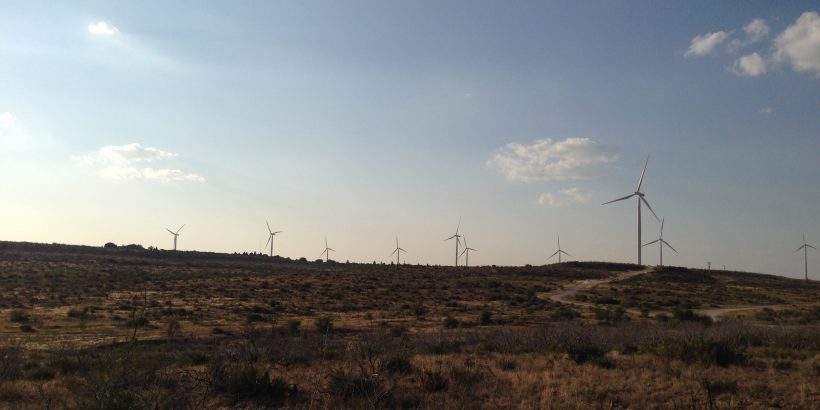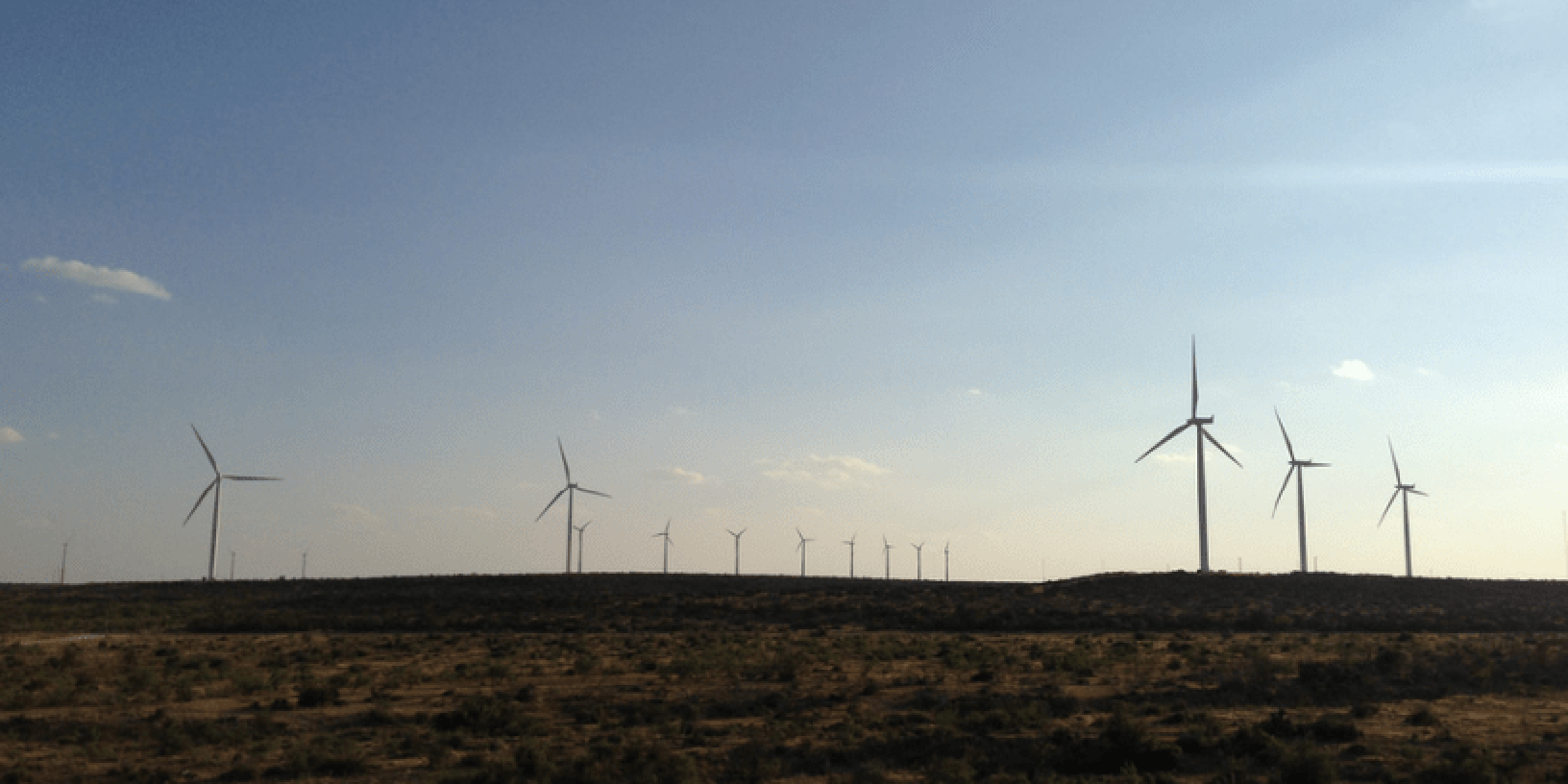Green Mountain Energy® Blog
Home EV Charger Installation: What You Need to Know



Electric vehicles (EVs) continue to grow in popularity. With nearly 9% of new cars sold in 2024 being EVs, experts predict that number could rise to 30%-40% by 2030. As many new EV owners have discovered in recent years, a home charging station is essential — the convenience of charging your car overnight in your garage or driveway can’t be overstated. Plus, home charging is easier, more sustainable and less expensive than public charging stations, especially if you take advantage of renewable electricity and lower rates during off-peak hours.
This guide will walk you through the steps of home EV charger installation and how to maximize your charging efficiency and savings as you help create a brighter future for the planet.
What are the benefits of installing an EV charger at home?
If you’re considering a home EV charger installation, it’s important to know about the key benefits, such as convenience, control, savings and sustainability.



Convenience
You could find a public charging station for your EV and wait in your car while your battery fills up. But having an efficient EV charging setup attached to your home is a huge time-saver. For example, you can simply plug in your car at night and wake up in the morning to a charged vehicle ready to go.



Control
Most EV chargers can be controlled via smartphone apps. As long as your EV charger is connected to WiFi, you can control it from anywhere. You can then create custom charging schedules, monitor your plugged-in EV’s current charge level and more. (Green Mountain Energy customers can control their EV charger through our app for even greater convenience!)



Savings
Public charging stations in cities can cost $0.30-$0.60 per kilowatt hour (kWh), but home charging stations can cost a fraction of that. The U.S. Bureau of Labor Statistics reports average U.S. electricity prices in December 2024 were just under $0.18/kWh.
If you charge your EV at night, you may also be able to take advantage of off-peak pricing from your retail electricity provider. This further amplifies your EV charging cost savings over using public chargers. If your home also has solar panels with battery storage, your nighttime fill-up could be free.



Sustainability
You’re already making a difference for the planet by driving an EV with zero tailpipe emissions. But by using a home EV charger powered by renewable energy, you’ll be driving even cleaner with every fill-up. Check out our 100% renewable energy plans >
Steps for installing an EV charger at home
Home EV charger installation may seem complex at first, but with the proper steps, it can be a straightforward process. Here’s what you need to know to get started.



Assess your home’s electrical capacity.
Before installing an EV charger, it’s crucial to ensure your home’s electrical system can handle the load. You must have a licensed electrician evaluate your electric panel’s capacity to see if it’s compatible with your charging needs.
Most home installations are Level 2 chargers, which require a 240-volt circuit and a 200-amp panel for optimal performance.
Future-proofing is another important factor to consider before beginning your home EV charger installation. If you plan to add more than one EV to your household in the future, upgrading your electrical system now could save you money and hassle later.



Understand regulations and obtain permits.
To ensure your home EV charger is installed safely and legally, you must get the proper permits and adhere to local building codes. These requirements exist to protect you and your home and ensure your charger is installed correctly. You can obtain permit information from your local government or a professional installer.



Find a qualified installer.
It is important to choose a certified electrician or contractor specializing in home EV charging installation. A reliable professional should provide a warranty and post-installation services and be able to answer your questions about how to use the charger properly. Due diligence up front will help ensure quality, safety and time savings in the future.
How to maximize efficiency and savings with home EV charging
Once your efficient EV charging setup is ready, you can get the most out of it by charging during the least expensive times, using smart charging options for greater efficiency and pairing it with other solutions to maximize sustainability.
Choose optimal charging times for lower electricity costs.
Time-of-use plans offer discounted electricity rates during off-peak hours, such as nights and sometimes weekends. When you shift your energy usage — charging your EV, doing laundry or running your dishwasher, for example — to off-peak hours, you’ll pay less per kWh than you would if you did the same activities during peak hours.
Check to see if you’re currently on a time-of-use electricity plan, or consider switching to a Green Mountain Energy time-of-use plan for even greater EV charging cost savings.
Use smart charging features to enhance efficiency.
Electric vehicle technology is constantly evolving. Many chargers come with smart features that make charging even more convenient and efficient. Some of these options include scheduled charging, remote monitoring through a mobile app and load balancing.
If you’re looking for even more ways to optimize your EV charging, you can connect your charger to your Vivint smart home system. This can enhance energy management throughout your home.



Integrate other green solutions for greater sustainability.
Pairing your EV home charger with a home energy storage system, such as a battery, can further increase efficiency and independence from the grid. By storing excess energy generated by your home’s solar panels, you can use it to charge your EV (and power other parts of your home) when external electricity rates are higher. It’s a valuable solar EV charging benefit that shouldn’t be forgotten.
Another option is to ensure you’re powering your home with clean energy. Even if you don’t have solar panels, you can choose a 100% renewable energy plan. Charging your EV using electricity from sources like the wind or the sun increases your positive environmental impact and lowers your carbon footprint.
You’re all set for home EV charger installation.
Now that you know how a home EV charger offers unmatched convenience, cost savings and sustainability benefits, you can take the first steps toward getting an efficient EV charging setup of your own installed.
As you consider your options, explore the clean electricity plans available from Green Mountain Energy to align your EV charging needs with your desire to live more sustainably. Together, we can continue making changes that help brighten our planet.
